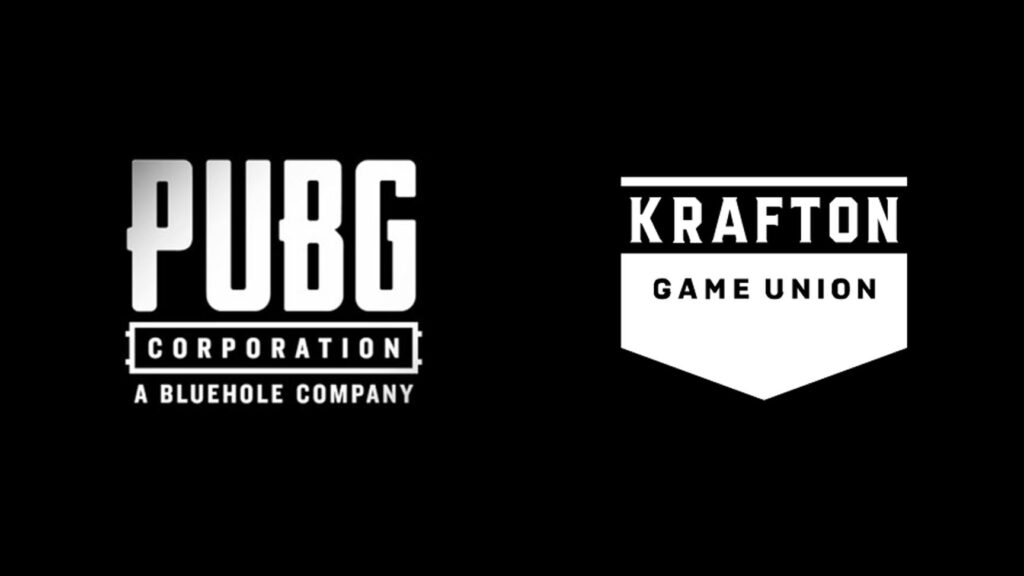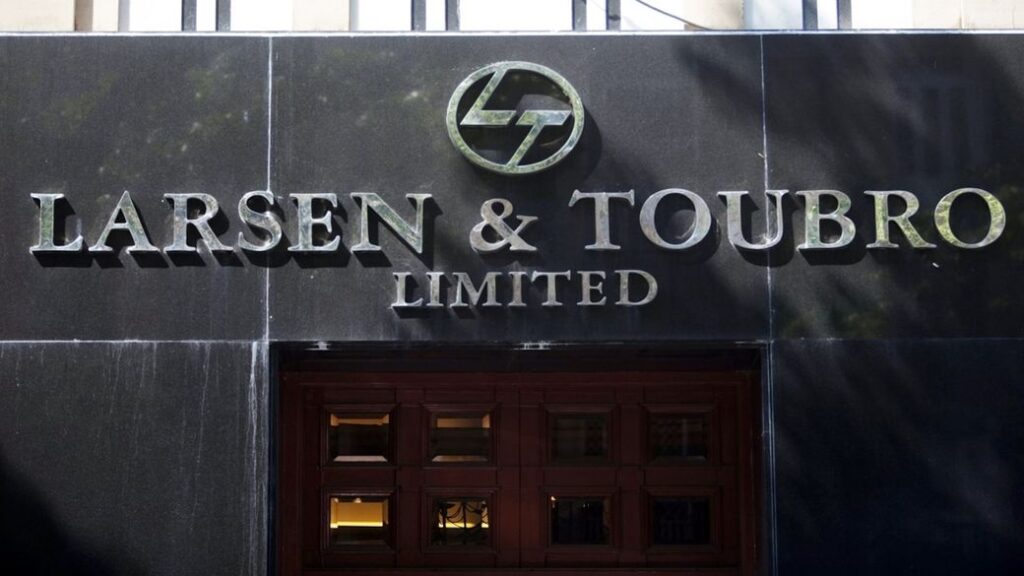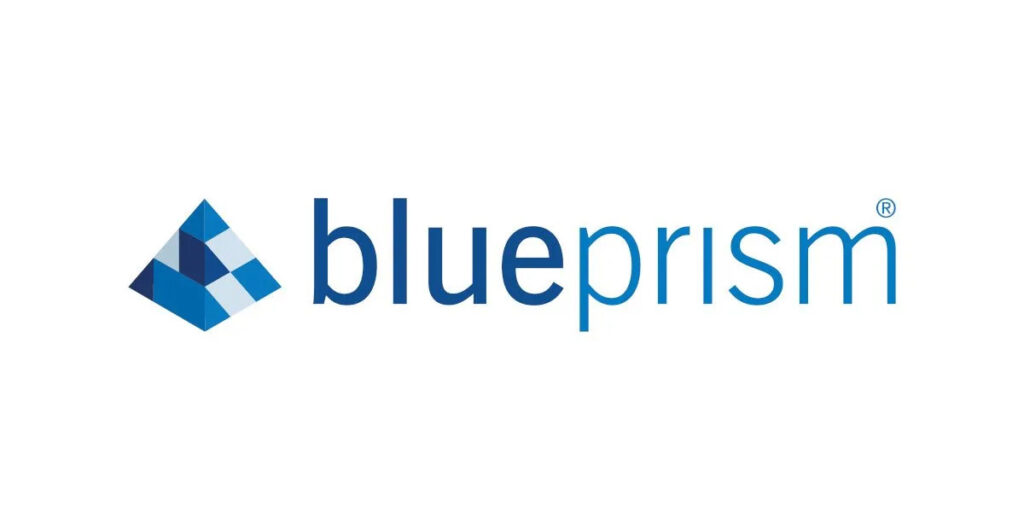Krafton Inc, The Company Behind The Famous PUBG Game.
Founded in 2007 as Bluehole, Krafton Inc. creates, produces, and markets home video games domestically and abroad. It provides games for consoles, smartphones, and PCs. It’s one of the most popular games is PUBG. Other popular games developed and published by Krafton are Mistover, Thunder Tier One, The Callisto Protocol, and New State Mobile.
About The Company
Krafton Inc. is a South Korean company that is in the business of developing and distributing video games. The company is renowned for creating TERA, PUBG: Battlegrounds, and NEW STATE Mobile, the latter two under its subsidiary PUBG Studios. The company was formerly known as Bluehole. In 2018, Bluehole underwent a reorganization to become a Krafton subsidiary. It is headquartered in Seongnam, South Korea.
History
Following PlayerUnknown’s Battlegrounds’ popularity, which resulted in funding from Tencent Holdings as well as studio expansion and acquisition, Bluehole decided to create Krafton in 2018 as a holding company for its video games operations. In April 2021, Krafton decided to launch its IPO. The company intended to raise US$5 billion at a valuation of US$27.2billion.The IPO launch took place on August 10, 2021, and although Krafton’s valuation declined from the initial list price at the end of a trade by 8.8%, it was still valued at US$19.32 billion.
Due to new limitations put in place by the Chinese government, shares of various Chinese and foreign videogame firms, including Tencent, the leading video game developer in China and a facilitator for foreign firms to release games in their country, decreased. Video games, mainly shooting video games, are perceived as “electronic drug” and a “spiritual opium” by the Chinese government because they are believed to encourage violence. Due to its high population density, China is a critically valuable market for video games, so video game firms like Krafton suffered greatly.

Subsidiaries
Since its inception, Bluehole has bought a number of development studios. On November 5, 2018, Krafton Game Union became the new parent company for all its subsidiaries. The popular subsidiaries of Krafton are Bluehole Studio, Striking Distance Studios, Dreamotion Inc, RisingWings, PUBG Studios, Thingsflow, 5minlab Corporation, and Unknown Worlds Entertainment. PlayerUnknown’s Battlegrounds (PUBG), one of the first battle royale games, was created by PUBG Studios (formerly PUBG Corporation), an internal studio of Bluehole. PUBG game set a new record in 2017 by selling $100 million before release copies in just 79 days. Due to concerns about data privacy, the Indian government banned PUBG Mobile in September 2020, along with several other apps made by Chinese companies, including Tencent Games. In order to relaunch the game in India, Krafton regained ownership of the game’s Intellectual Property (IP) from Tencent. In 2021, Battlegrounds Mobile India, a visually upgraded version of PUBG Mobile, was released for both Android and iOS. This time, Krafton, Inc. published the game.
Founder – Chang Byung-gyu
In 2007, Chang Byung-Gyu founded Krafton, initially known as Bluehole. Chang Byung-gyu started Bluehole Studio in Seoul in 2007. Along with seven other co-founders, Chang founded Neowiz in 1997. He later founded the search engine company, First Snow, in 2005 and sold that business in 2006. Tencent made a $500 million investment in Bluehole in 2018 for a 10% ownership, elevating the company to unicorn status. As per Forbes, Chang is one of South Korea’s seven gaming billionaires, with a net worth of over $2.9 billion.
CEO – Kim Chang-han
In 2020, Kim Chang-han was named the CEO of Krafton. Before that, he was the CEO of PUBG Corporation( now PUBG Studios). He started his career in the gaming industry in 2000, engaging in production, development, and engineering for a couple of studios before joining PUBG Corporation. He has attended the Korea Advanced Institute of Science and Technology, where he received a Ph.D. in computer science.

I am a law graduate from NLU Lucknow. I have a flair for creative writing and hence in my free time work as a freelance content writer.




